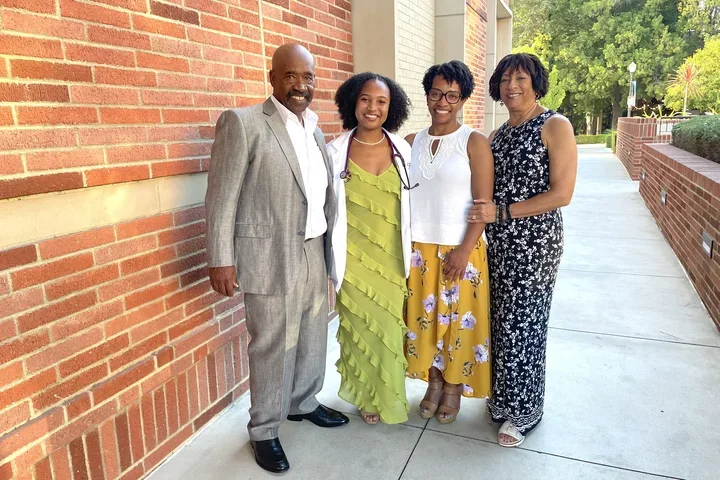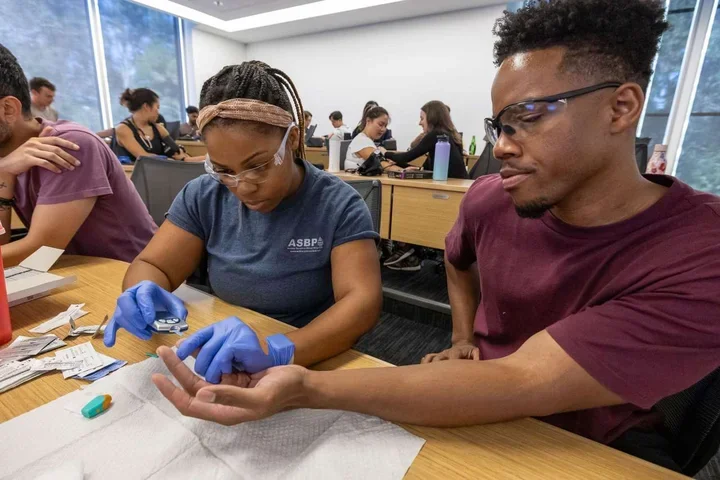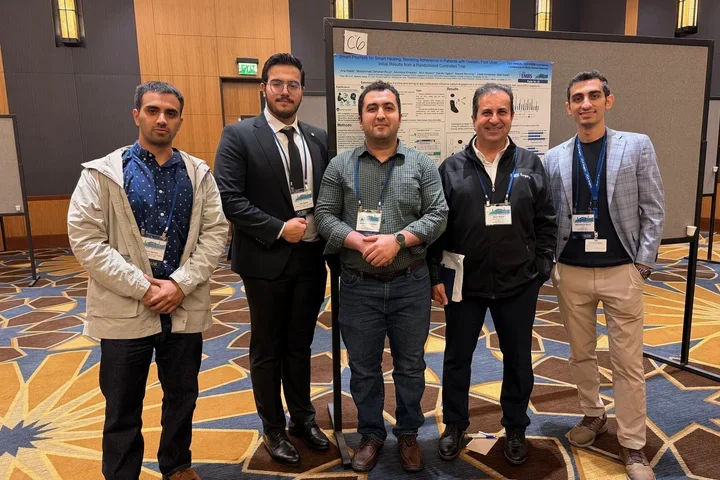Cleft Lip and Palate
Medical Expert Interview
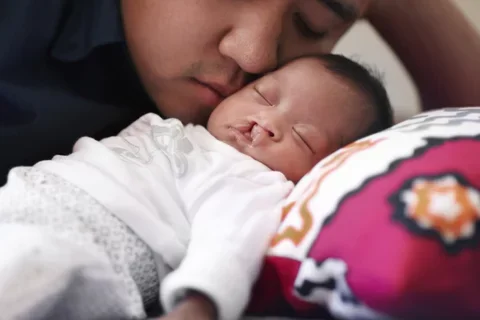
What Is a Cleft Palate? What Is a Cleft Lip?
Some babies are born with orofacial clefts—gaps affecting their faces and mouths—where tissues didn’t connect in the womb.
- A cleft lip is an opening, small or large, in the upper lip. Cleft lip involves tissues and muscles around and outside the mouth.
- A cleft palate is an opening, small or large, in the roof of the mouth, also called the palate. Cleft palate involves tissues and muscles inside the mouth.
Children sometimes, but not always, have both a cleft lip and a cleft palate.
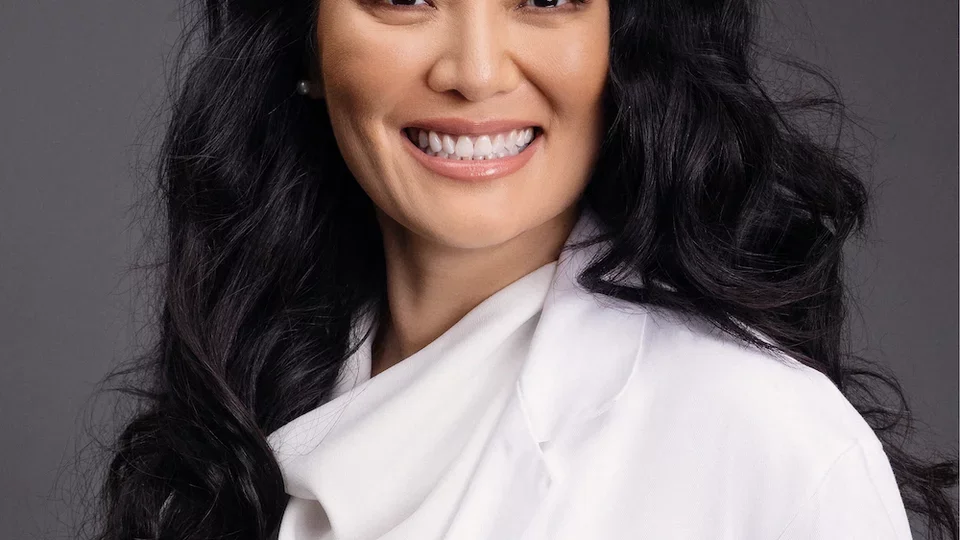
“Facial clefting is a continuum that can go through multiple different tissue layers,” says UCLA’s Justine Lee, MD, PhD, a craniofacial and pediatric plastic surgeon who treats patients with cleft lip and/or cleft palate.
“It comes in all different forms. It can be a tiny indentation, what we call a microform, or it can be a complete separation of the lip or palate.”
Feeding presents one of the earliest concerns in caring for a baby with cleft lip or palate. Dr. Lee explains that a child with a cleft lip and an intact palate can usually achieve the suction required for feeding. A child with a cleft palate, especially a complete cleft palate, might have a hard time achieving suction. Feeding will be challenging and may require specialized bottles.
Meet Dr. Justine Lee
Dr. Lee had always wanted to be a pediatrician growing up. During her combined MD/PhD program, she chose surgery for her first clinical rotation, thinking it was the specialty she didn’t want to pursue. Instead, she fell in love with it, especially plastic surgery.
“You can’t specialize in every field you learn about in medical school, and sometimes, where you end up feels a little random,” she says. “It’s kind of like the Sorting Hat from Harry Potter. I got sorted into plastic surgery, fell in love with it, and could never do anything else again.”
A passion for surgery drew her away from specializing in pediatrics, but her surgical subspecialty—craniofacial plastic surgery—has a large pediatric component that satisfies her early career interests. She loves the variety surgery offers and having the chance to use both creativity and science to derive solutions for her patients.
“No solution is exactly the same from person to person. Every patient is a little bit different. Every surgery is a little bit different.”
Read about Dr. Lee’s lab and research
Are There Different Types of Cleft Palate?
The palate includes two primary segments: The hard bony palate near the front of the mouth and the soft muscular palate near the back of the mouth. In general, cleft palate may be classified as complete or incomplete, depending on the palate separation level and the area affected.
- A complete cleft palate affects both palate segments, the hard and soft. The entire palate is separated.
- An incomplete cleft palate affects the soft palate in the back of the mouth. The separation is considered incomplete because something, even a small piece of tissue, still connects the palate.
The differences between a complete and an incomplete cleft palate may be easy to define, but they’re not always easy to see.
“Sometimes the palate appears totally intact, but when we look at the different tissue layers, the muscles are actually separated,” says Dr. Lee.
A cleft palate may also be classified as unilateral (present on one side of the palate) or bilateral (present on both sides of the palate).
What Causes Cleft Lip or Cleft Palate?
Is Cleft Lip Genetic?
Some, but not all, cleft lip or cleft palate cases have genetic causes, such as underlying syndromes including Van der Woude syndrome or Stickler syndrome.
Broadly speaking, what causes cleft lip or cleft palate remains a mystery.
“In the majority of cases, we don't know exactly why kids are born with a cleft palate or cleft lip,” says Dr. Lee.
Can You Prevent Cleft Lip/Palate During Pregnancy?
As the causes of cleft lip and palate are often uncertain, definitive prevention measures are also uncertain.
Clefting may be associated with some behaviors, medications, or substances, but the association doesn’t mean those factors caused the clefting or that avoiding those factors will prevent clefting.
“We can’t say for certain that avoiding things like maternal smoking or alcohol consumption will prevent clefting,” Dr. Lee says. “But in terms of the overall health of expectant mothers and their babies, it’s always a good idea to avoid potentially harmful substances and behaviors and to get proper prenatal care.”
Can You See Cleft Lip/Palate on an Ultrasound?
“You might be able to see a cleft lip on an ultrasound,” Dr. Lee explains. “But a cleft palate alone will be much harder to see. A cleft lip combined with a cleft palate will likely appear reasonably obvious on a good ultrasound taken during the later stages of pregnancy.”
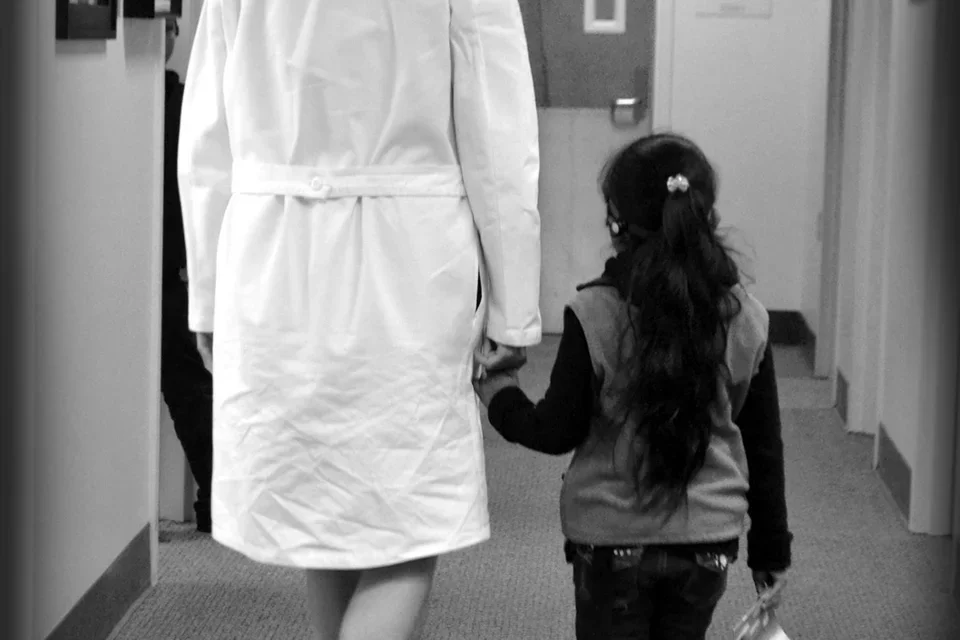
Cleft Palate Surgery - How Do You Repair a Cleft Palate or Cleft Lip?
Cleft Lip Repair
Babies with cleft lip will frequently get nasoalveolar molding, a nonsurgical procedure, before surgery.
“Although nasoalveolar molding is not absolutely essential, it helps bring the segments closer, which makes it much easier for us to perform the cleft lip repair,” Dr. Lee says, explaining that without this procedure, the cleft segments have no pressure to grow a certain way and may separate further.
When they’re around 3 months old, babies with cleft lips undergo surgery to connect and reposition their muscles. The procedure involves multiple layers: skin, muscle, and the tissue on the back of the lip.
“You might compare this procedure to doing origami on the lip,” Dr. Lee says.
A cleft prevents the orbicularis oris muscle from making a complete circle around the mouth as it’s supposed to.
“The point of this surgery is to bring the orbicularis oris muscle together, rotate the elements in, and close the skin.”
Cleft Palate Repair
Cleft palate repair surgery happens when a patient is 10 - 12 months old and about to start developing speech. Much like cleft lip repair, this surgery involves many layers of tissue, including the tissue surrounding the nasal cavity.
“The most important goal is reorienting and connecting the levator veli palatini muscles, which are important for speech and swallowing.”
In a cleft patient, the levator veli palatini muscles are separated and oriented improperly, leading to air or liquid escape into the nose every time they speak or swallow. Moving the muscles into the right position helps minimize this escape and also mitigates the child’s difficulty with speech, though many will still participate in speech therapy.
Kids with a complete cleft palate undergo another procedure, an alveolar bone graft, when they’re around 8 - 10 years old. The graft closes the alveolus, the bony sockets where teeth grow in, and stabilizes the upper jaw to support lifelong growth.
“When you have a cleft palate, the upper jaw tends to be more narrow than the lower jaw, and segments of the palate sometimes collapse,” says Dr. Lee. “The graft solidifies the upper jaw into an arch that fits into the lower part.”
Even after this procedure, a child’s upper jaw might not grow to the same extent as their lower jaw. They may require additional orthodontic procedures and sometimes surgery to move the upper jaw forward. That surgery, if necessary, happens when the patient is done growing—around the age of 17 for girls and 18-20 for boys.
Otherwise, the cleft repair process typically concludes with nose surgery.
“Patients with a unilateral cleft also have a deviated septum, so we'll straighten that out and do some final touch-ups on the nose,” says Dr. Lee. “Patients with a bilateral cleft will often get a final rhinoplasty to make adjustments to the width or projection of the nose.”
Is There Additional Treatment Required After Surgery?
After surgery, many children with cleft lip and/or cleft palate may require additional orthodontic procedures, speech therapy, and other treatments, which vary based on the patient, the cleft type and location, and other individual factors.
“Younger children often have issues with their ears and require tubes to avoid fluid buildup,” says Dr. Lee.
Mental health services may help children with cleft lip and palate cope with any psychosocial challenges they face during growth. This need varies highly from patient to patient.
Other Common Craniofacial Disorders and Anomalies
Other common craniofacial disorders and anomalies include:
- Craniofacial microsomia, which is when part of a child’s face doesn’t grow normally.
- Microtia, which is when one of a child’s ears doesn’t grow normally.
- Craniosynostosis, which is when a child’s skull fuses before the brain has time to grow.
“Babies are born with gaps in the skull called sutures. They’re there because the baby’s brain needs to grow,” Dr. Lee explains. “In craniosynostosis, these sutures close too early, causing abnormal skull growth.”
Common Misconceptions About Cleft Lip and Palate
Dr. Lee says many people believe cleft lip and/or cleft palate can be repaired in just one surgery, which is nearly never the case.
“It’s not a one and done surgery. Multiple specialists are involved. Multiple procedures are involved. The pathway is long, often lasting from birth until the child is in their early twenties.”
Cleft & Craniofacial Awareness Month
Cleft and Craniofacial Awareness Month takes place every July. The goals of this annual observance include teaching people about the range of conditions that can affect a child’s head and face and also enhancing the public’s understanding of these conditions.
Dr. Lee wants people to understand that empathetic treatment, in addition to surgery, is crucial to the healthy development and growth of these children. They grow up more easily when people treat them normally instead of constantly calling attention to their facial features.
“Kids who have clefts are very much like any other kid. Treat them normally. Don't stare at them.”
Her advice applies to innocent behaviors as well, including those coming from other kids. Even curious questions and comments made without intent to harm can have a huge impact.
“That’s another goal of this awareness month—to make sure all people, young and old, grow more aware of how their own behavior affects people born with craniofacial conditions. The more education we have, the better these kids’ lives will be.”
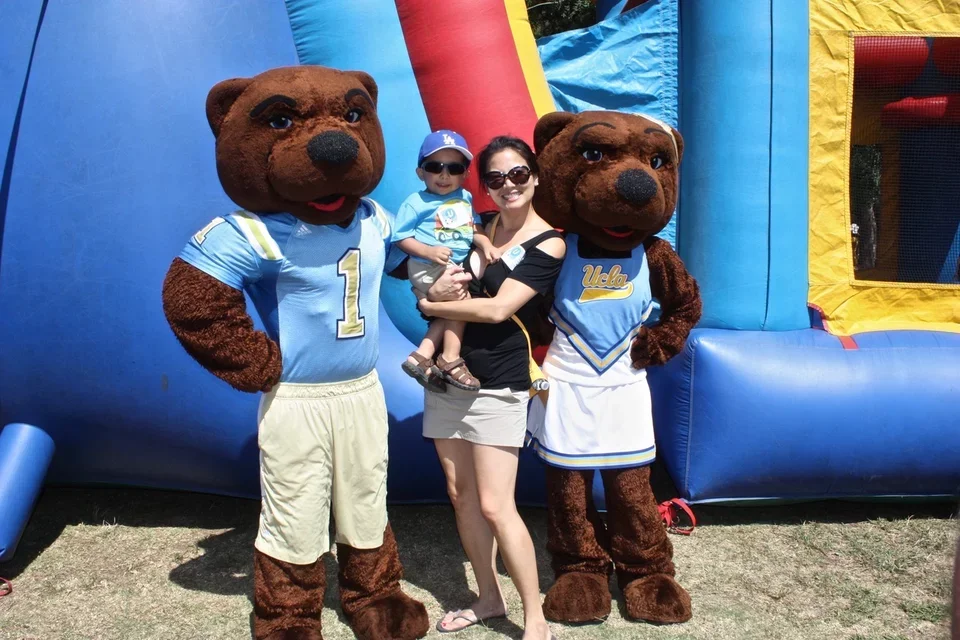
Dr. Lee’s Lab and Research
Conducting research has been important to Dr. Lee since her undergraduate studies at UCLA. A desire to continue doing research, in addition to performing surgery, motivated her to pursue an MD/PhD and to start The Lee Lab.
“When we're treating patients, we're affecting one patient at a time. When we're doing research, we're affecting many patients all at once,” she says. “We’re also trying to move the field forward, trying to find better ways of doing things by looking at evidence.”
The Lee Lab has two primary arms, each focusing on different ways to help people with craniofacial differences.
The Basic Science Arm
The lab’s basic science side investigates biomaterials that may be used to regenerate the human skull.
“Annually, about 13.8 million people in the world will have injuries or surgeries that require full or partial skull reconstruction.”
Currently, surgeons can reconstruct the skull by transferring a piece of bone from another part of the body or by implanting artificial substances.
“Both options have drawbacks,” Dr. Lee says. “You can run out of bone to use. The artificial substances can get infected. That’s why we're developing materials that can help people regenerate pieces of their skull bone.”
The Clinical Outcomes Arm
The lab’s clinical outcomes branch explores the connection between craniofacial surgery and mental health and quality of life.
“We know a reasonable amount about the clinical complications people experience after surgery, but we’re trying to learn, in a systematic and evidence-validated way, more about how craniofacial and facial gender-affirming surgeries affect quality of life by monitoring it pre- and post-surgery.”
